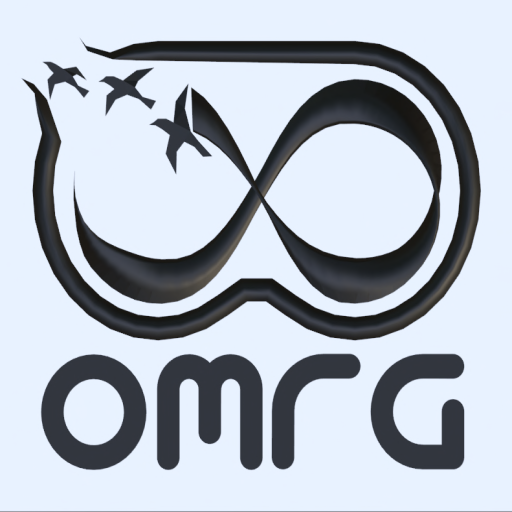Transferrable Virtual Land Titles
Like any NFT, a LAND NFT is a title to a digital asset. In this case, it is title to a region or parcel in the metaverse somewhere.
As an example, when Decentraland held its ICO (Initial Coin Offering) they were selling LAND NFTs purchased with MANA tokens. MANA is the native currency of Decentraland, it is a fungible token on the Ethereum blockchain. LAND NFTs are a Non-Fungible Token on the Ethereum blockchain. The LAND NFT is title to a 16m x 16m parcel on the DCL grid. They sold 90,000 LAND in about 12 minutes, raising over $20 million that became the endowment for the DCL DAO to pay the founder team to develop DCL.
Individual LAND owners can sell their LAND NFTs on the Decentraland marketplace. Each NFT is title to a specific parcel in a specific location, hence why it is "non-fungible" in that one LAND NFT is a claim to one parcel in one location, while another LAND NFT is a claim to a different parcel in a different location.
In a blockchain based metaverse, a grid operator would be able to capitalize their grid by doing a LAND NFT sale.
There are important differences between Land ownership in platforms like Second Life and Opensim versus Decentraland. In SL and OS, the land owner has monthly fees to keep their land on the grid, called 'tier'. This is tantamount to property tax, because, at least in SL, the land owner has paid money up front over and above the first month's tier, and is able to resell their parcel. The value of land in SL has varied over the years, from a peak of around L$14 per square meter in 2006, to under L$1 per sqm at present. The up side of this pricing scheme is that individuals can afford to buy significant areas of land cheaply and start utilizing it. The down side is if the person is offline for some time, or their payment info expires, they can easily lose their land permanently.
Conversely, with Decentraland, prices are high for land because there is never any monthly maintenance fees. Where land in SL and OS is a form of rent akin to feudal fee simple deeds (as in SL) or monthly rent as a lessee in the case of Opensim (assuming the individual is not hosting their own grid on their own server). Even where a person has their own grid server in Opensim, if they are hospitalized or lose their server internet access, or if they rent a server somewhere, they can lose that data or service as well. Decentraland land ownership is akin to allodial title, where the LAND NFT owner posesses the NFT "in freehold", not owing fealty or tribute to any sovereign power or other superior land holder.
Whereas in Opensim, a person can rent a full region of 256m x 256m area for $10-20 USD per month, or for $200-300 per month in Second Life, with no purchase price in OS, and about $200-300 purchase price in SL, the LAND NFT in Decentraland can cost thousands of dollars for a mere 16x16 parcel of 256 square meters. At one time, many parcels in DCL were over $25,000 USD per LAND.
One problem with the DCL model is that it is nearly impossible to increase the size of the DCL grid of 90,000 LAND, because votes in the DCL DAO are based on land ownership, and holding MANA tokens. This creates a moral hazard disincentivizing the creation of new LAND and creates rent seeking and barrier to entry behaviors.
This barrier to entry behavior can be neutralized by empowering anyone with sufficient stake to run their own node to issue a LAND NFT for land on their own planned grid, which bonds their staked currency tokens to the LAND buyers in order to ensure that the grid developer does in fact launch their grid and retains sufficient funds in reserve to keep the grid server costs funded in perpetuity.
Alternatively, a grid operator might create a type of Subscription Token to raise a smaller quantity of capital, but offer more land to the participants but obligating them to pay a fee simple tenancy deed, aka property tax to the grid operator to maintain the system. Both business models are viable on chain.
